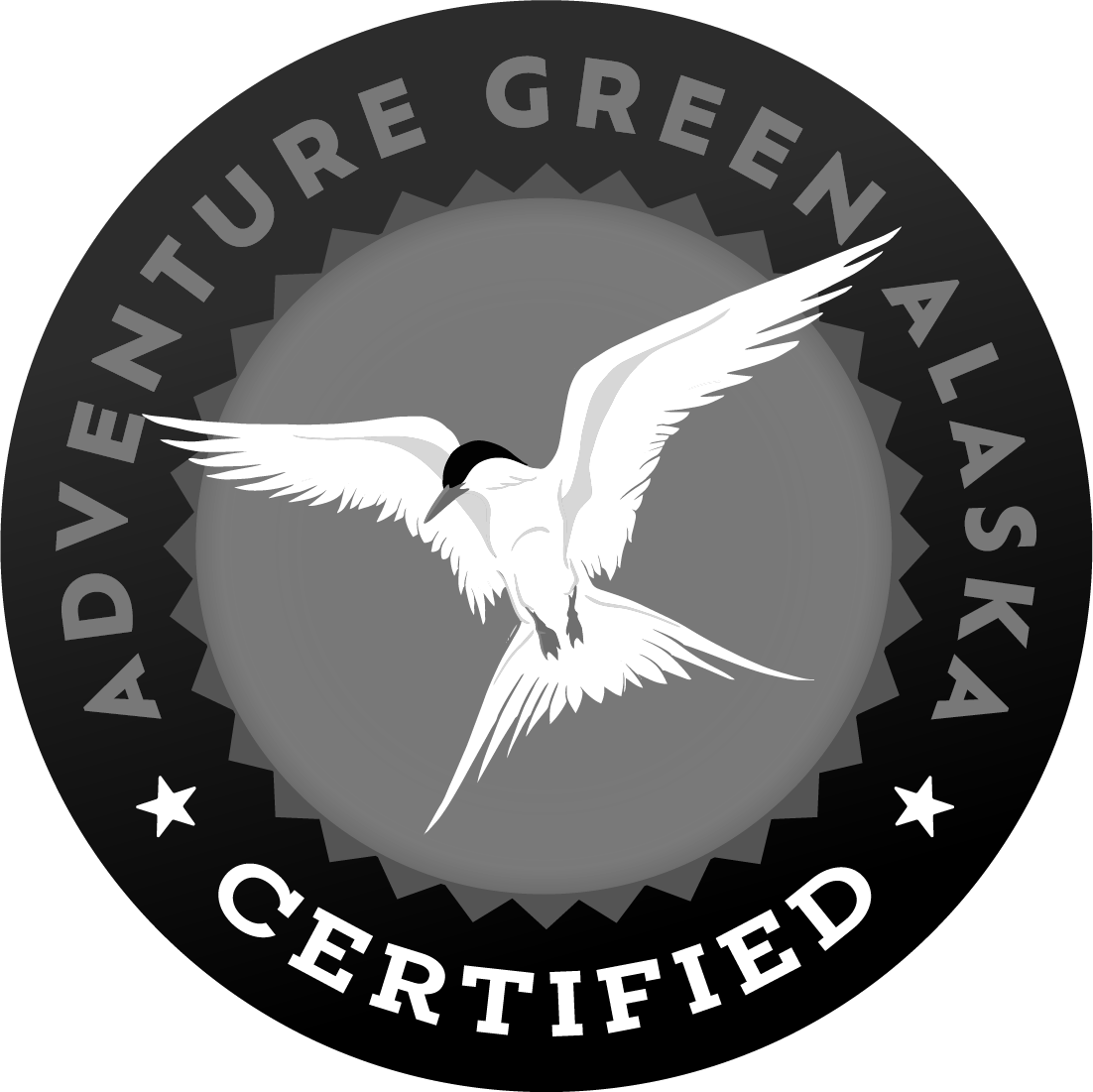
2013 will mark the 100th anniversary of the first successful summit of the highest peak in North America, Denali, also known as Mt. McKinley. That expedition was lead by Harry Karstens and Hudson Stuck and took roughly four months. I’ve recently been thinking about another Denali climb- the fated 1954 South Buttress Expedition.
Four friends, organized by experienced climber Elton Thayer, were the first party to climb via the South Buttress route and to traverse the mountain from south to north. Morton “Woody” Wood, one of the founders of Camp Denali, was on the expedition, as well as Les Viereck and George Argus, both on leave from the Army. They set off with snowshoes from Curry, Alaska (near Talkeetna) on the south side of the Alaska Range on April 17th. Their gear was mostly homemade, including two tents that Thayer’s wife, Bea, sewed for them and a menu she prepared that included the same three meals daily to minimize weight and maximize nutrition. Dinner began with a first course of hot jello, still a mountain favorite!
Once they reached the Ruth Gorge, a giant glacier set between large walls of rock at around 7,000 ft, Ginny Wood, Woody’s wife and co-founder of Camp Denali, flew over them and dropped supplies…amounting to 400 lbs! The climbers then carried gear in stages to their high camp at 17,200 ft, sometimes having to cut steps out of the icy compacted snow. They summited on May 15th. Les, looking out towards Anchorage and the military base at Ft. Richardson, remarked “I’m sorry to say this guys, but I need to be back there in two days!” much to everyone’s amusement. Though they were behind schedule, spirits were high. Woody recalled they were the most cohesive group he had ever climbed with. But reaching the top of the mountain is only half of any expedition.
On the descent, they headed down via Karsten’s Ridge, the route used by the first successful summit in 1913. All four men were belayed together on the same rope for safety, but at one point Elton lost his footing, perhaps due to a loose crampon, and the entire team whet cascading down a precipitous ridge. They landed on an ice shelf about 1,000 feet below the ridge. Elton was killed instantly, and George suffered serious injuries. Woody and Les, with comparatively minor bodily harm, packaged George and collected as many supplies as they could find strewn about. They belayed him down to the top of the Muldrow Glacier at around 9,000ft. From there Woody and Les then had to leave George to get help in Kantishna. The party was already several weeks overdue. A rescue party reached George one week later. For that week, staying in a tent on the upper Muldrow, he was perhaps the most isolated man in North America.
Mountain expeditions to isolated, remote, and cold northern latitudes always present challenges, and a very great deal of risk. The 1954 climb, so well orchestrated and successful on so many fronts…camaraderie, supplies, and even the accomplishment of the goal, still was beset by tragedy. These days the gear is lighter, the routes are generally pioneered, and access is more straightforward by ski plane landings on glaciers. But the sense of wonder and exploration lives on. This Feb/March I’m planning a trip, of a much smaller scale, to ski and camp my way from Anchorage to McGrath, a total trip of 250 miles skiing along the Iditarod Trail. Luckily my gear won’t total more than 70 pounds, and my only companion is my 60 pound sleddog, who will help pull some of the weight. The challenges will try our skills and stamina for that month of winter travel and camping. Hopefully we will be steeled by the resolve and strength of those who have gone before us, on expeditions near and far, in winter and in summer, and push us ever onward.





